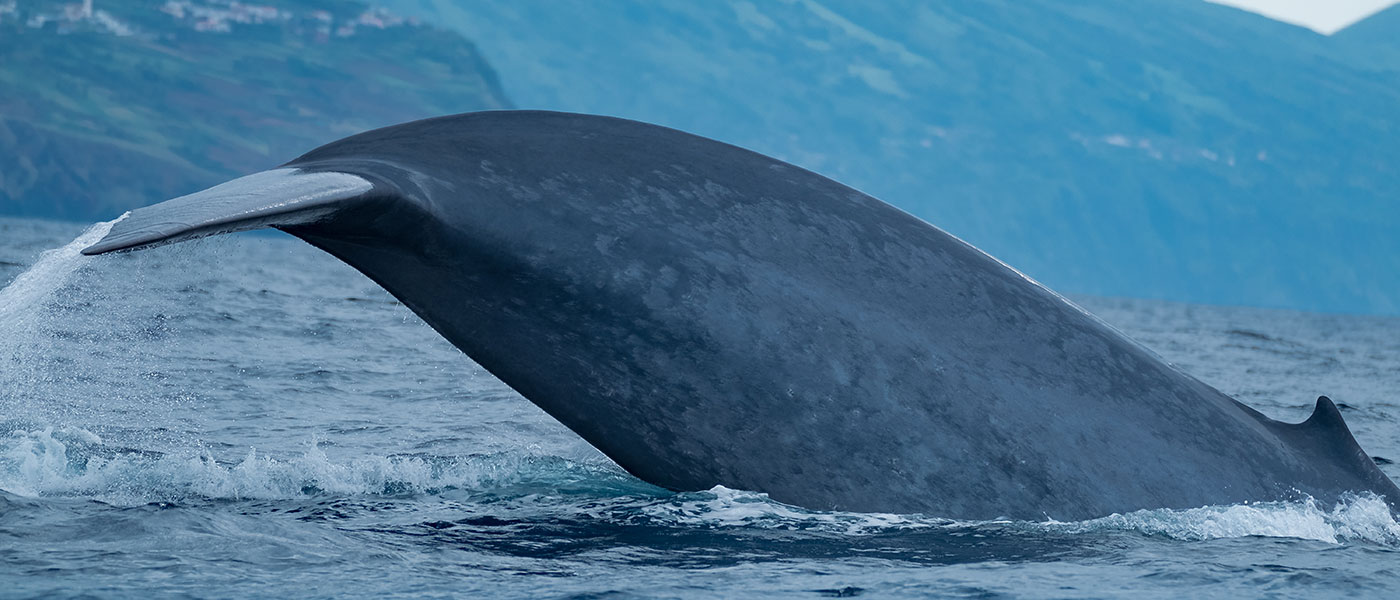Sea warriors and survivors
The blue whale is the largest mammal in the world and is listed as endangered under the Endangered Species Act. The endangerment of blue whales can be attributed to reasons like commercial hunting. Scientists at the Morgridge Institute are trying to better understand the blue whale genome in hopes of contributing to their conservation.
Blue whale commercial hunting can be traced back to the 1700s due to the species’ large size and various products its body parts can create. Since then, the popularity of hunting blue whales has increased. Due to technological advancements, blue whales were relentlessly pursued by whale fleets with harpoons and steamships. By the 1960s, the population had gone down to the hundreds, nearly exterminated.
The protection of whales started with the efforts of the International Whaling Commission, later followed by the Convention on International Trade in Endangered Species of Wild Fauna and Flora and the Convention for the Regulation of Whaling.
Countries like Japan and Norway, which historically have been hunting whales for commercial and cultural purposes, have also implemented their own restrictions beyond the international laws to safeguard the population of whales. Along with law enforcement, non-profit organizations like the World Wildlife Fund are encouraging global citizens to help protect whales and other endangered species.
Not only do law enforcement and non-profit organizations help with stabilizing the population of blue whales, but blue whale scientists are looking into the genome, the complete sets of genes, to help measure genetic diversity in the pool. With the recent advancement of short and long-read sequencing technology, scientists at the Morgridge Institute are able to recreate sets of genes to explore blue whales’ genetic diversity.
According to a report in 2002, there were an estimated 5,000 to 12,000 blue whales worldwide. Although the population of blue whales is increasing, there is more work for conservationists and other scientists to protect blue whales and other endangered whales in the ocean.

